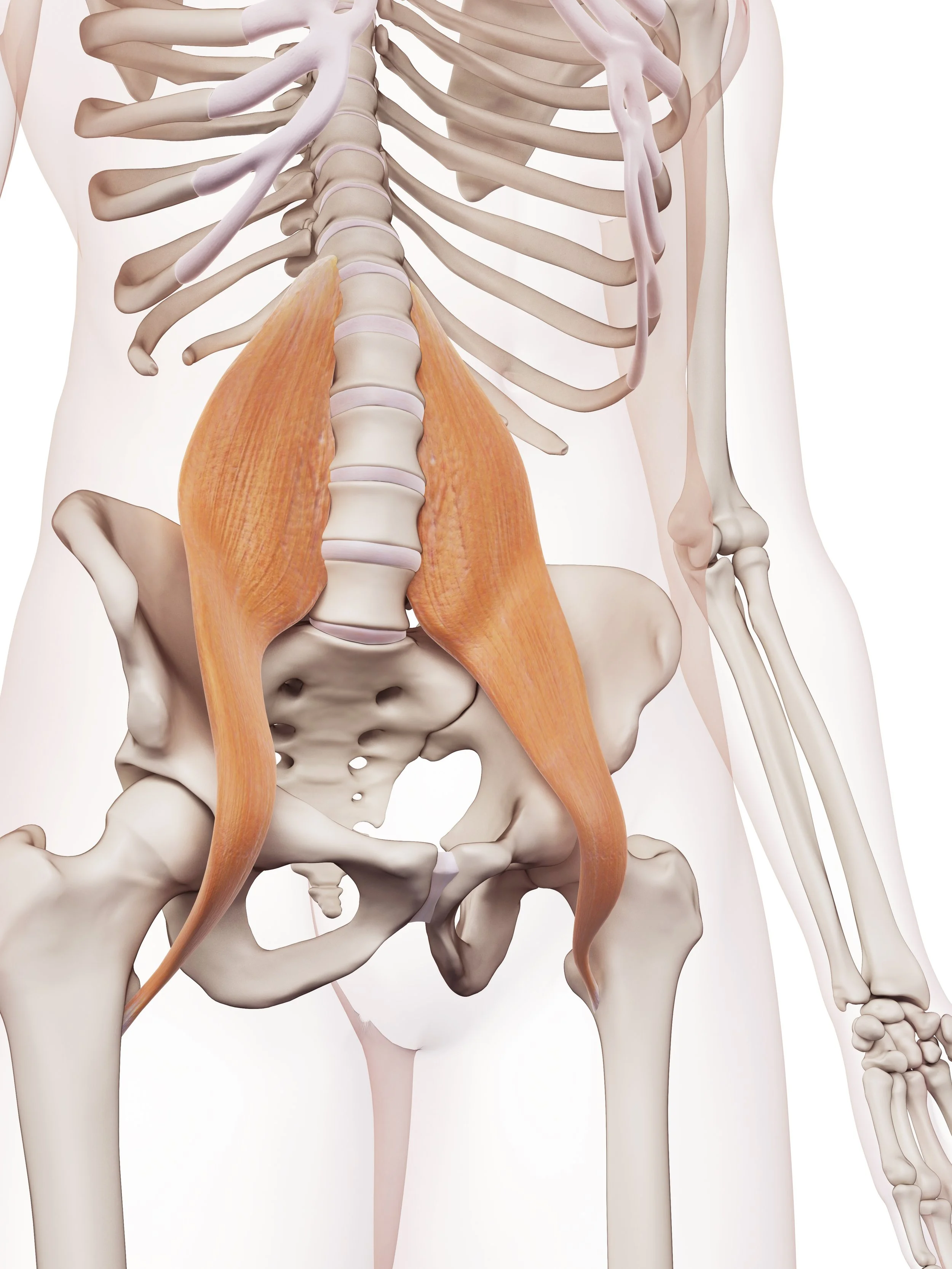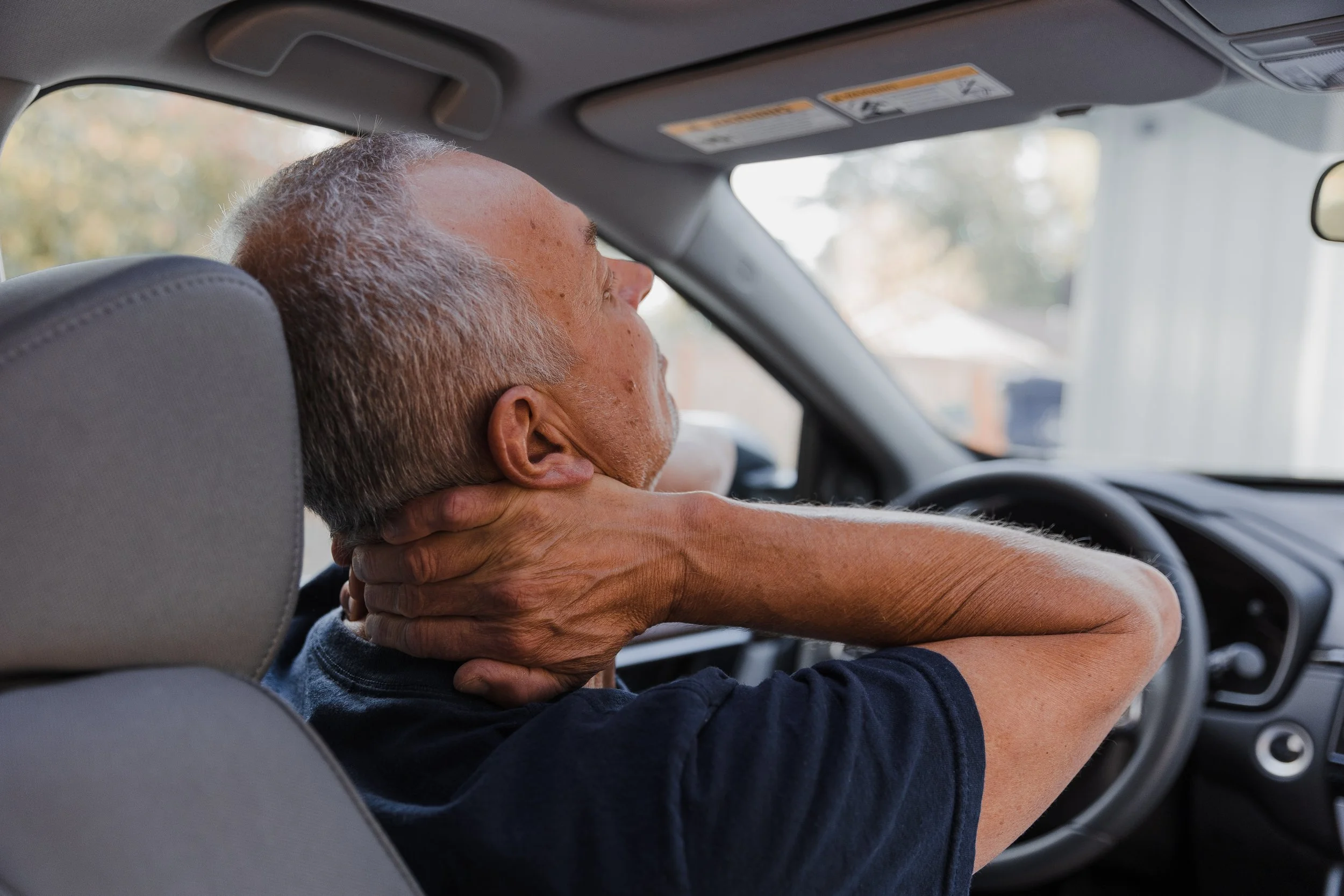I had 2 similar cases since the beginning of the year that made me realize it would probably worth blogging about it to let the word out. Pediatric and adolescent headaches can be frustrating to figure out. Often the easy causes have already been ruled out by the time they show up in the office.
I wanted to talk about one very specific type of headaches often affecting our young teens. These headaches tend to affect one side of the face, usually one side but sometimes both, tend to be in the temporal area, sometimes behind the eye. The pattern is random, coming in cyclical episodes that come and go. There is no other associated trigger identified, from diet, sleep, stress, cervical spine, food, etc. The only matter in which I was able to successfully identify them and treat them was in some patients for whom the location was very close to the jaw, and there was some mild painful information along the soft tissues on the side of the head. However when doing some intraoral palpation along the posterior muscles of mastication, I was able to reproduce quite a bit of the lateral headache pain pattern by findings trigger points of the posterior internal muscles of the jaw.
Some orthodontic treatments will require pretty aggressive positional changes of the lower jaw in relationship to the upper jaw, as well as some lateral shifting. This will obviously result in better long-term alignment for the purpose of not only cosmetics but also proper chewing and occlusion, and sometimes improved airway opening. However the transient stress on existing particular structures of the jaw and supporting muscles of mastication can be symptomatic in the form of headaches and the distribution of the intraoral muscles, while the jaw itself can be minimally painful during normal activities such as talking and chewing.
In the case of both patients, once we isolated the pain producing source of the headaches, we were able to track back the cyclical episodes more or less following the adjustment of the patient's orthodontics, usually 5 to 7 days after tightening the braces or adding internal banding between the top and lower jaw. The combination of trigger point therapy in the internal muscles of the jaw, gentle joy adjustment and other soft tissue supporting measures seem to be quite helpful at relieving the transient headaches episode.












